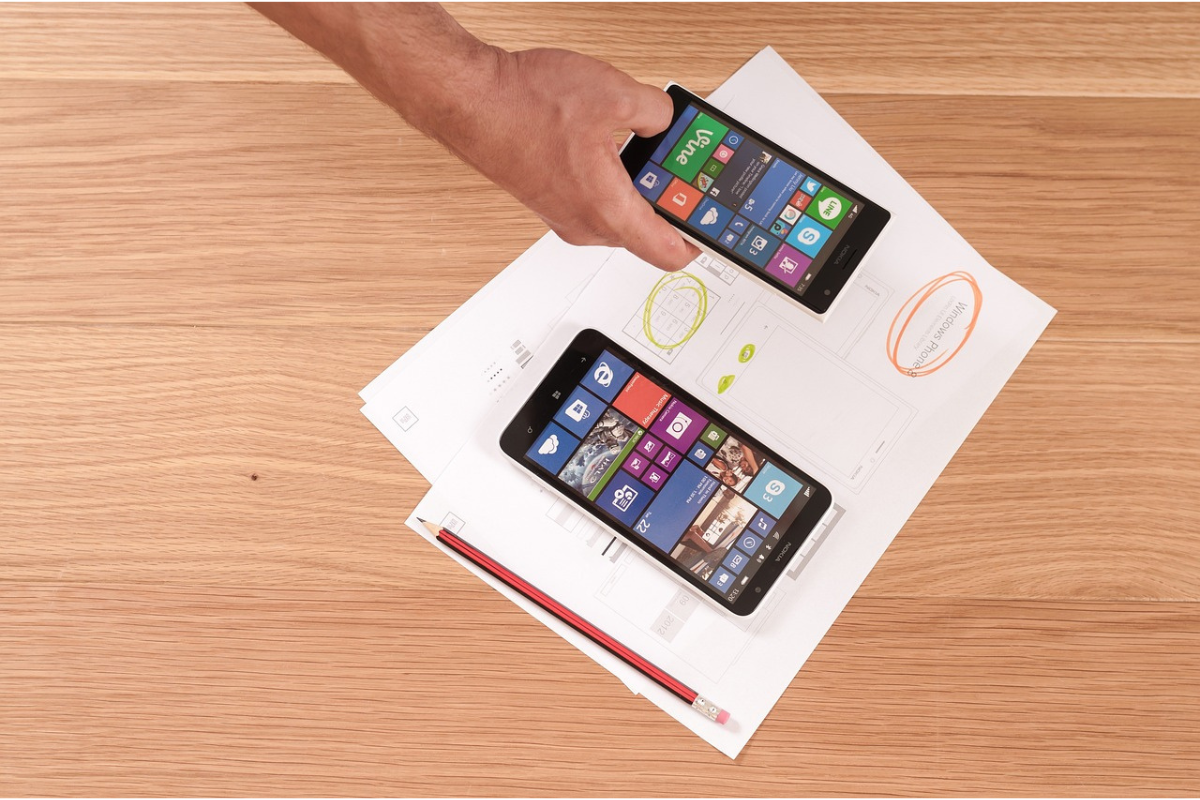Creating a business website is a great way to connect with your customers online.
However, if you want to reach a larger audience and maintain your connections, you need to make sure that your website is compatible with mobile devices.
People can access the internet using various electronic devices and among them, smartphones and tablets provide the most convenience.
Since these devices are easier to carry around, people can use them to access the web anytime, anywhere.
In short, your customers can visit your website more frequently as long as it’s compatible with their mobile devices.
The challenge, however, is creating a mobile-friendly website that works seamlessly with the limitations and features of mobile devices.
For example, smartphones and tablets are much smaller compared to PCs, so your content will be confined within the limited screen size.
On the other hand, mobile devices come with a touchscreen feature, and integrating this feature into your website can make page navigation easier.
With all that being said, it isn’t enough for your website to be mobile-friendly; it has to be responsive as well.
A mobile responsive website can adapt its content to fit the orientation of the device being used.
This means that no matter how the user is holding their mobile device, whether it’s landscape or portrait, the layout of your website has to follow.
This is so that the user can browse through your website comfortably. Having a responsive mobile website also improves user experience (UX), which improves website metrics like user engagement, average time spent, and conversions.
Let’s take a look at five vital responsive design tips for the mobile version of your website, so you can work with a reputable web design company that can implement them properly.

The Layout Must Be Fluid
Fluidity is important when designing the layout of your mobile website. When the elements on your website can automatically rearrange to fit the size and orientation of a mobile device’s screen, users have more control over their browsing experience.
That’s why good web designers incorporate a responsive fluid grid into the website’s CSS to help keep the UX consistent on various mobile devices.
Modify Images And Texts To Adapt To The Layout
To ensure that your website remains visually appealing across various devices and screen orientations, you’ll need to make the images and texts on your web pages more flexible.
On PCs and laptops, it’s common to use large images and the default font size on texts to display your content.
Unfortunately, these design elements don’t translate well on mobile devices. Since smartphones and tablets are smaller, you need to modify your website’s images and texts to accommodate the size of their screens.
For images, you have to resize, crop, or replace them with smaller, high-resolution versions to retain their impact.
For texts, on the other hand, it’s better to use a larger font size for better readability.
You also need to make sure that the elements on your web pages are arranged just right to prevent them from overcrowding the screen.
Include Touchscreen Support
Touchscreens made it easier and more fun to interact with our smart devices. Because of this, it’s a good idea to design your website to use this technology.
Incorporating touchscreen support into the design gives users tactile feedback, which can greatly improve your website’s user experience. In addition, touchscreen support makes your website more accessible.
Different kinds of touch gestures are used in mobile UX designs and it’s important to provide support for them. These include the following:
- Press/hold
- Flick/swipe
- Slide
- Drag
- Double-tap
Cross-Browser Compatibility
Your website won’t look the same on every mobile device and browser. So, to ensure that your website looks and runs smoothly on a majority of devices and platforms, you have to ask your web designer to implement feature detection.

This process is designed to check if your website is supported across different browsers and devices.
If your website is not supported, your web designer will need to tweak your website for it to work with the individual features of a particular browser and mobile device.
Think About Mobile Optimization
With so many design elements and information being presented in a compact space, your website might have trouble loading properly and quickly on mobile devices.
To prevent this from happening, web designers need to make sure that your website is optimized.
Note that mobile optimization is different from making your website mobile-friendly. The latter is making your website’s desktop version adapt to smaller screens.
Meanwhile, mobile optimization means that the website is designed for mobile that will then adapt to bigger screens.
Consider single columns, simple navigation, and little to no need for typing. If you don’t have a website yet, you might want to think about creating a mobile optimized one right from the beginning.
Having your website be easily accessed via different electronic devices is an excellent way to grow your online audience and maintain their connection.
You just have to make sure that your website has a friendly user interface and provides great UX not only on PCs and laptops, but also on smartphones and tablets.
By keeping these design tips in mind, and working with a good web design company, you can create a high-quality website that can be enjoyed across various browsers and devices.
Ella Marcotte
Latest posts by Ella Marcotte (see all)
- UA vs GA4: The 4 Big Differences You Need To Know - April 8, 2024
- Understanding The Role Of Control Valves In Industrial Automation - April 8, 2024
- How Automation Can Boost Your Business Outcomes - April 4, 2024




